Latest Posts
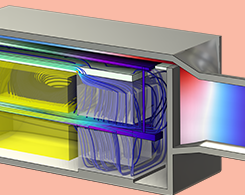
Modeling Speaker Drivers: Which Coupling Feature to Use
Explore how to model 4 different speaker drivers, including moving-coil transducers, balanced armature receivers, piezoelectric drivers, and electrostatic drivers.
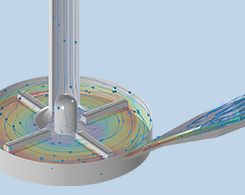
FDA Benchmark: CFD Modeling of a Centrifugal Blood Pump
CFD modeling is increasingly being used in medical device development to analyze device safety and effectiveness, accelerate the development cycle, and reduce costs. See 1 example here.
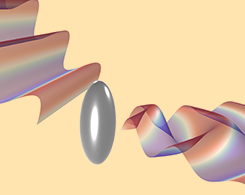
Electromagnetic Scattering in 2D Axisymmetric Models
You can save computational time and memory by performing electromagnetic scattering in 2D axisymmetric models rather than 3D. Learn more here.
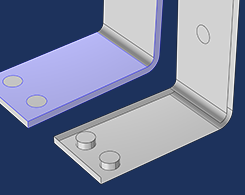
New Course on Navigating the COMSOL Multiphysics® User Interface
Get an overview of our new 8-part course on building efficient and accurate models with the COMSOL Multiphysics® UI.

A Novel Technique for Producing Ultrastrong 2D Polymers
A group of materials science researchers have developed a new polymerization technique for producing strong and lightweight 2D polymers (a creation that was thought to be impossible!)
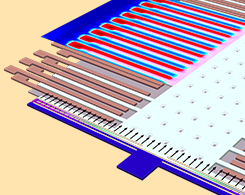
Simulating MEMS Accelerometers and Gyroscopes Used in Inertial Measurement Units
Many autonomous vehicles rely on IMUs for navigation. Here, we show how the MEMS Module can help you model the gyroscopes and accelerometers used in IMUs.
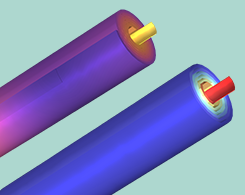
Improving Tabbing Design in Cylindrical Batteries
A major electric vehicle and battery manufacturer announced a new “tabless” design concept for cylindrical lithium-ion batteries. In this blog post, we explore this concept with simulation.

Happy Birthday, Norbert Rillieux
Sugar has been around for centuries, but the revolution in sugar processing occurred less than 200 years ago. Learn about the life and work of the engineer behind this revolution.
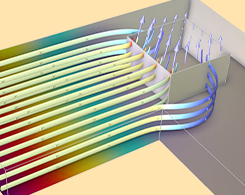
Extracting Specific Contact Resistivity with a Benchmark Model
You can now add contact resistance to metal contacts using the Semiconductor Module. In this blog post, we’ll explore a benchmark model that takes advantage of this new functionality.
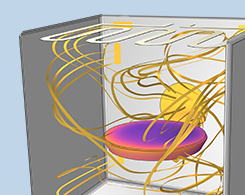
Model Balanced Heat Transfer, Bake a Better Apple Pie
Happy Pi Day! Here, we go over the best ingredient to use when preparing an apple pie, as well as how to model the heat transfer process that occurs in a pie as it is being baked in an oven.
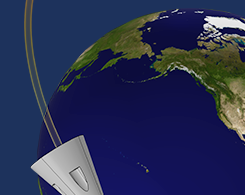
Computing and Visualizing Satellite Orbits in COMSOL®
Here, we introduce a new, out-of-this-world tutorial model of a spacecraft in orbit.
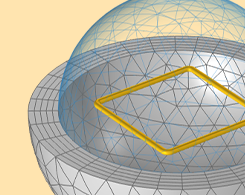
Computing and Using Partial Inductance with COMSOL®
COMSOL Multiphysics® version 6.0 brings new functionality for computing total and partial inductances and AC resistances. Get an overview here.
